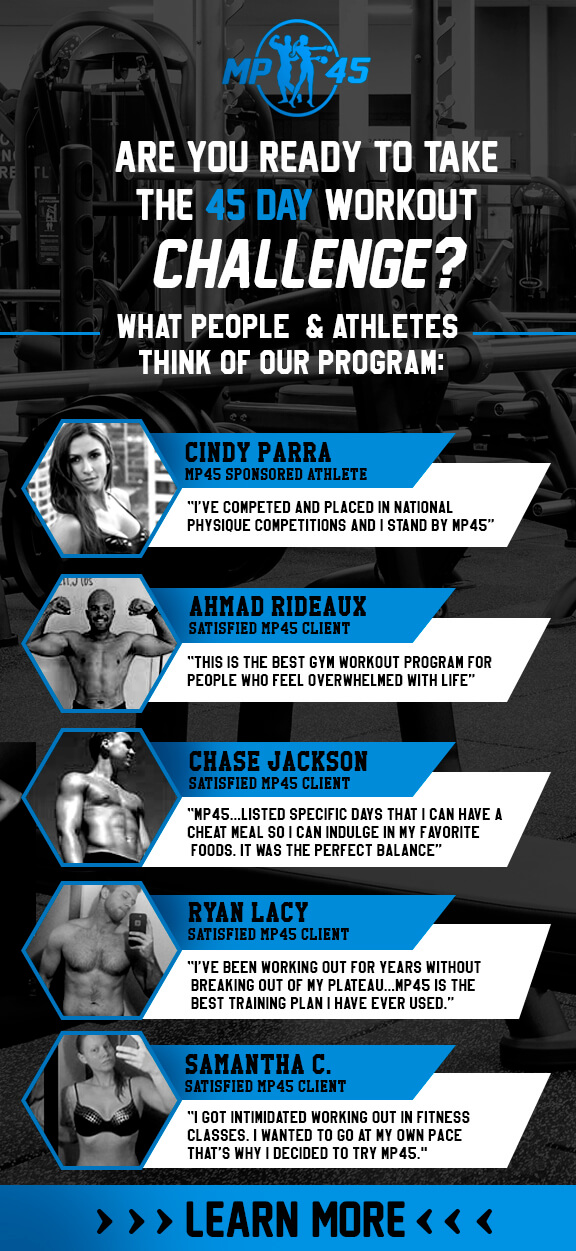Get Instant Shoulder Pain Relief by Adjusting Your Bench Technique

The bench press is a staple of bodybuilding exercises because it increases muscle mass fast in the chest, shoulders (deltoids) and triceps.
Quite often, lifters find that they acquire shoulder pain during bench pressing sessions. Such shoulder pain can cause you to drastically lower your lifting weight, or even cause you to skip sessions altogether, both of which will severely affect your muscle growth in those specifically worked areas.
Most newbies entering into weightlifting aren’t properly instructed on how to bench press. Therefore, incorrect techniques are applied and bad habits form which eventually cause shoulder pain. If you find yourself arching your back, raising your butt, squirming, or rapidly dropping the weight to your chest then you are probably lifting wrong.
Instead of dealing with excruciating joint pain, a few adjustments in your lifting technique may be all that’s needed to alleviate the problem. Here are a few important factors which will provide you with proper bench press techniques. These techniques apply whether you are bench pressing a barbell or dumbbells.
How to get proper bench press technique
Adjust Your Weight
In order to maximize muscle mass, you want to lift near to your maximum weight. This will effectively break down muscle fiber and stimulate your muscles to increase growth to meet the stress of such workouts.
However, many lifters (especially newbies) lift massive weight right off the bat according to ego and not to any proper strength training goal. This is the “show ‘em what I can do” attitude that can wreak havoc on the joints, ligaments and tendons which have not yet been sufficiently conditioned.
If you are experiencing shoulder pain when bench pressing, first examine the amount of weight you are lifting and adjust it. Many of the problems listed above may simply be due to you trying to lift too much weight. If you are just starting out, it is far better to build UP in weight than to start too heavy and have to decrease weight.
Check Your Grip
When you are bench pressing a barbell, use a grip that is a bit wider than the position of your shoulders. A narrow grip places a great deal more pressure on the AC joints of your shoulders which can eventually lead to osteolysis, a form of arthritis.
Besides grip width, you should pay attention to how you grip the bar with your hands. The weight of the bar should rest more on your palm heals than closer to your knuckles to reduce wrist pain. To further alleviate wrist pain, your wrists should remain in line with your forearms, allowing only minor bending under heavy weight. Also, be sure to use your thumbs, wrapping them around the bar for added support.
When you are using dumbbells, consider the angle at which you are lifting them. At the height of the lift, keep your arms straight over your shoulders instead of held inwards or outwards, out of line with the shoulders.
When you hold dumbbells on a bench press, use a grip that requires your palms to face each other. By keeping the total arm straight and in alignment, you reduce the stress that causes shoulder pain.
Keep Elbows Tucked In
When performing the eccentric portion of a bench press (downward toward your chest), be sure to keep your elbows tucked in close to your body. If your elbows point outwards then you are not practicing proper bench press technique. Flared elbows force the shoulders to rotate in an excessive range of motion, causing undue stress and even damage.
By keeping your elbows tucked in during the downward motion, you ease the stress on your shoulder joints and reduce pain. This proper lifting technique also allows you to increase lift force so that you can handle greater amounts of weight without shoulder damage.










